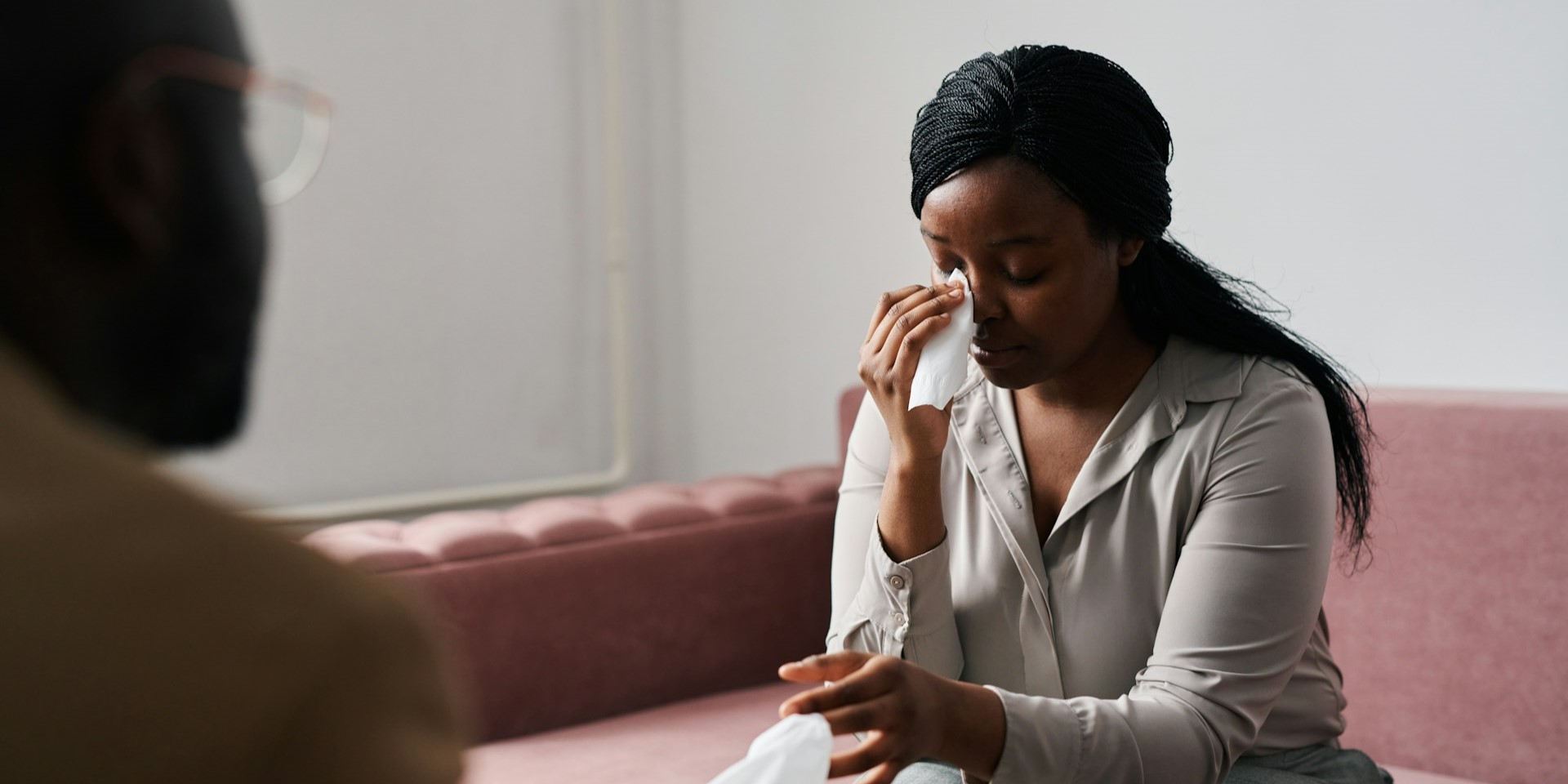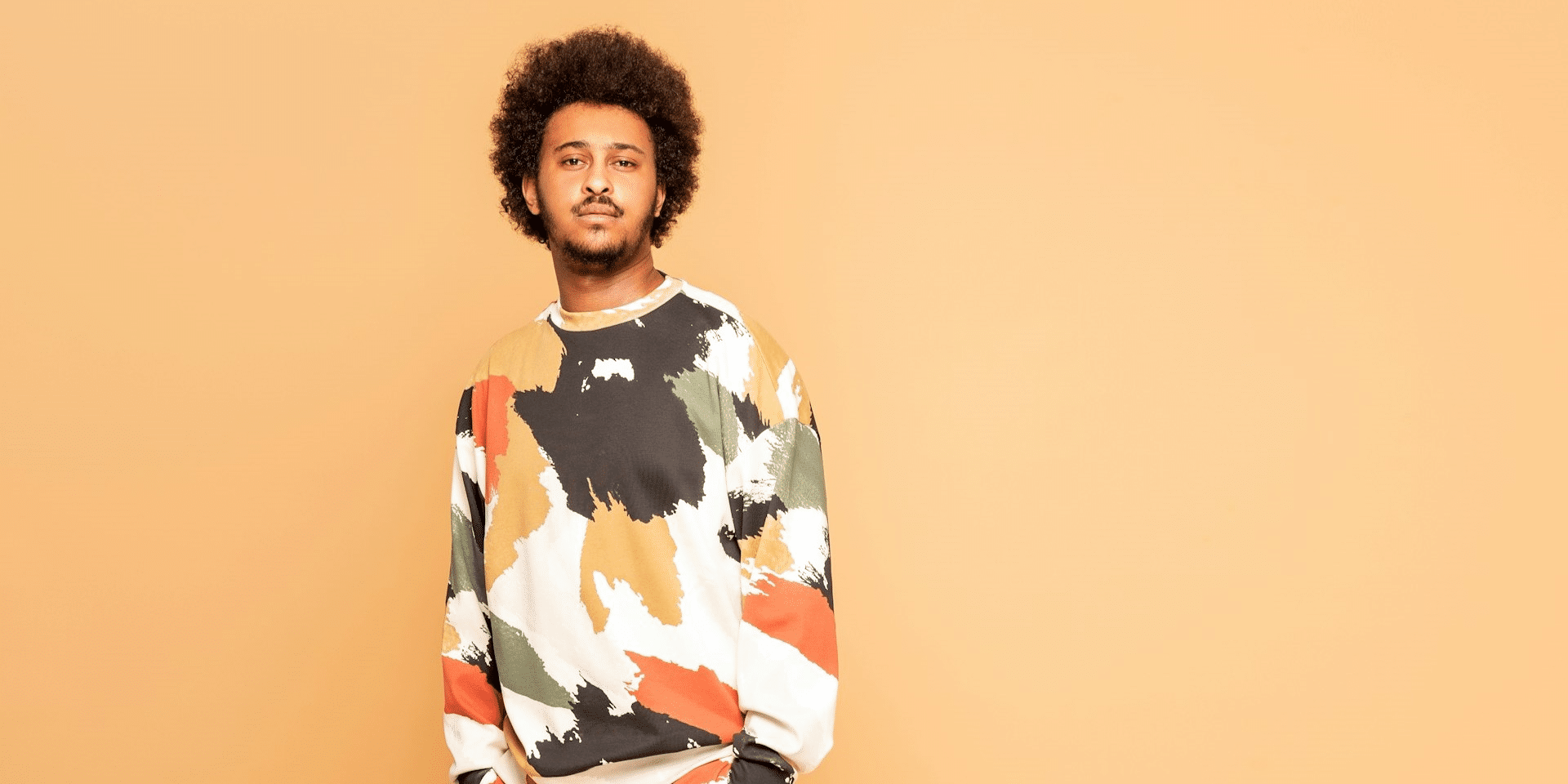Fashion plays a significant role in shaping the identities and personalities of characters in films. From iconic costumes that become synonymous with beloved characters to subtle wardrobe choices that convey deeper meanings, fashion is a powerful tool used by filmmakers to enhance storytelling and develop characters. In this article, we’ll explore how fashion defines character in films and why costume design is an essential aspect of cinematic storytelling.
Establishing Identity and Personality
One of the primary functions of fashion in films is to establish the identity and personality of characters. The clothing and accessories worn by characters can provide valuable insights into their backgrounds, occupations, social status, and personal tastes. Whether it’s a protagonist’s signature outfit that becomes their visual trademark or a villain’s menacing attire that reflects their sinister nature, fashion choices help viewers understand who the characters are and what motivates them.
Evoking Time Period and Setting
Fashion also plays a crucial role in evoking the time period and setting of a film. Costume designers meticulously research historical periods, cultural trends, and geographic locations to ensure that characters’ clothing is authentic and reflective of the film’s context. Whether it’s the glamorous attire of the roaring twenties or the futuristic fashion of a sci-fi dystopia, costumes help transport viewers to different worlds and immerse them in the story’s time and place.
Enhancing Visual Aesthetics
Fashion contributes to the visual aesthetics of a film, adding depth, texture, and color to the cinematic experience. Costume designers work closely with filmmakers to create visually striking ensembles that complement the film’s overall aesthetic and enhance its visual storytelling. Whether it’s a vibrant wardrobe that pops against a muted backdrop or a monochromatic palette that conveys a mood of solemnity or melancholy, fashion choices can significantly impact the film’s visual impact and emotional resonance.
Conveying Character Arcs and Development
Fashion can also be used to convey character arcs and development throughout a film. As characters undergo personal growth, transformation, or evolution, their fashion choices may change to reflect their internal journey. For example, a shy and introverted character may gradually shed their dowdy attire for more confident and assertive clothing as they gain self-confidence and assertiveness. Conversely, a character’s descent into darkness or moral ambiguity may be reflected in their increasingly disheveled or sinister appearance.
Signaling Relationships and Dynamics
Fashion can also signal relationships and dynamics between characters in a film. Matching outfits, coordinated colors, or shared accessories can symbolize unity, solidarity, or romantic connection between characters. Conversely, contrasting styles, clashing colors, or mismatched attire may indicate tension, conflict, or discord in relationships. Costume designers use fashion as a visual shorthand to convey complex interpersonal dynamics and relationships without the need for exposition or dialogue.
Contrarian View: Substance Over Style
While fashion undoubtedly plays a crucial role in defining character in films, it’s essential to remember that substance matters more than style. A character’s depth, complexity, and emotional resonance are ultimately what captivate audiences and drive the narrative forward. While visually striking costumes may leave a lasting impression, it’s the character’s motivations, conflicts, and relationships that truly resonate with viewers and elevate the film to greatness.
In Summary
Fashion is a powerful tool used by filmmakers to define character, evoke time period and setting, enhance visual aesthetics, convey character arcs and development, and signal relationships and dynamics in films. From iconic costumes that become cultural touchstones to subtle wardrobe choices that convey deeper meanings, fashion plays a crucial role in cinematic storytelling. However, it’s essential to remember that while fashion can enhance a character’s visual identity, it’s the character’s depth, complexity, and emotional resonance that ultimately captivate audiences and make a lasting impact.







